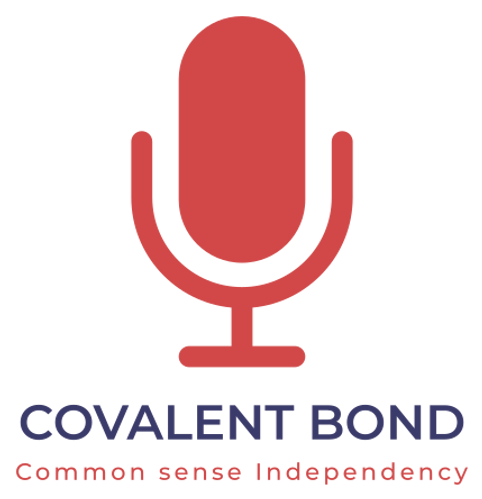Trump Shortens the Deadline
7/29/25
By:
Michael K.
Sanctions Ultimatum, Diplomatic Deadlock, and a Waiting Game

On July 28, Donald Trump sharply shortened the timeline given to Russia to reach a ceasefire agreement with Ukraine. While he had initially allowed 50 days in mid-July, he now insists Moscow must make a decision within the next 10–12 days. The announcement came as another round of Russia–Ukraine negotiations took place—largely unnoticed—and ended with no political breakthroughs.
New Cutoff: Not 50 Days, But Ten
Trump made his announcement while visiting Scotland on July 28. “There’s no reason to wait if they keep bombing cities,” ABC News quoted him as saying. The comment referred to a drone attack by Russian forces on Kharkiv and Mykolaiv regions during the night of July 27, which was also reported by Ukrainian military sources in The Kyiv Independent.
Thus, according to Trump, the new deadline now runs until August 7–9. The ultimatum calls for an immediate ceasefire and the beginning of negotiations. If Russia fails to act, new sanctions will follow—including tariffs of up to 100% on Russian goods and secondary sanctions against countries continuing to import Russian energy. The primary targets are India and China, which has already triggered concern in Asian and oil markets (Reuters).
Timeline of Pressure
Trump’s escalated rhetoric is a continuation of a broader strategy he outlined earlier: combining pressure on Moscow’s allies, military aid channeled through Europe, and a time-bound framework for diplomacy. These elements were first clearly articulated in his speech on July 14—the same day the U.S. confirmed the transfer of Patriot missile systems to Ukraine and General Keith Kellogg’s mission to Kyiv. These developments formed the basis of an analytical piece later published by Covalent Bond under the title “The Roman Preamble”
Now, two weeks later, Trump has significantly compressed the timeline. Alongside the threat of sanctions came new political remarks: he expressed “disappointment” in Putin and stated, “there’s no reason to wait, we’re just not seeing any progress” (Bloomberg, ABC).
Markets and Reactions: Oil Up, Indices Down
Trump’s announcement caused an immediate market reaction. Brent crude prices rose by nearly 3%, amid expectations of restrictions on Russian oil buyers—especially in Asia (Reuters). Simultaneously, the Moscow Stock Exchange index dropped 1.2%, marking its sharpest intraday decline since early July, according to The Washington Post.
Ukrainian President Volodymyr Zelensky welcomed Trump’s firm stance, stating on X: “I am grateful to President Trump for his attention to saving lives and ending this terrible war.” In contrast, Russia reacted harshly. According to Reuters, Dmitry Medvedev called it “a game of ultimatums” that could lead to war involving the United States.
Meanwhile in Istanbul: A Third Round Without Breakthroughs
While headlines focused on sanctions, a third round of Ukraine–Russia talks took place in Istanbul on July 23—unannounced by either side in advance. The meeting lasted about 40 minutes, was hosted by Turkey, and concluded with no movement on a ceasefire (Reuters).
According to Al Jazeera, the Ukrainian delegation was led by Defense Minister Rustem Umerov, and the core focus was humanitarian. The sides agreed to:
– Exchange approximately 1,200 prisoners each;
– Repatriate the remains of up to 3,000 fallen Ukrainian soldiers with the help of the International Red Cross.
Moscow thanked Ankara for its “neutral and balanced mediation” (Daily Sabah), but there were no political breakthroughs. Kyiv proposed a Zelensky–Putin meeting by the end of August, but the Russian side responded that it would only consider such a summit if a finalized draft agreement were already in place—not as a symbolic gesture (Al Jazeera).
As a result, the diplomatic process remains stalled: humanitarian issues are progressing, but strategic questions remain frozen. The Istanbul round symbolized diplomatic minimalism—and perhaps an attempt to preserve the format itself, preventing a complete collapse.
Two Tracks, Two Realities
A stark asymmetry is emerging. On one side, Trump’s ultimatum-driven logic demands quick results and tough pressure. On the other, step-by-step negotiations unfold without guarantees, without enforcement mechanisms, and with a narrow focus on humanitarian matters. These two tracks rarely intersect—neither in pace, purpose, nor effectiveness.
If the U.S. ultimatum triggers a new sanctions mechanism in August, it could paralyze all further negotiations. This is especially true if secondary sanctions alienate the last economically neutral countries still dealing with Moscow.
Conclusion: The Clock Is Ticking
The timeline is shrinking rapidly—but not the actions. The Istanbul platform is stalling, and America’s diplomatic window has narrowed dramatically. Even the humanitarian agreements achieved so far appear more like gestures to sustain diplomatic appearances than steps toward de-escalation.
The 50-day ultimatum, first announced by Trump on July 14, was not merely a political outburst—it became part of a broader strategic framework. As analyzed in Covalent Bond’s article The Roman Preamble, that announcement was a continuation of a model in which:
— military support for Ukraine is provided through European funding (including Patriot systems),
— economic pressure is applied to third countries,
— and a time-bound window limits Moscow’s maneuvering space.
“Trump didn’t just make a statement—he laid out a strategic framework: military aid via European financing, economic pressure via American tariffs, and a diplomatic window that closes in August,” the article noted.
By shortening the original 50-day period to just 10–12 days, the U.S. president effectively launched phase two of that strategy. The Istanbul talks yielded no results, EU diplomatic channels remain silent, and pressure on Russia’s Asian partners is intensifying. The first week of August is no longer just another deadline. It may well mark the beginning of the White House’s prepared trade response.
Latest news



